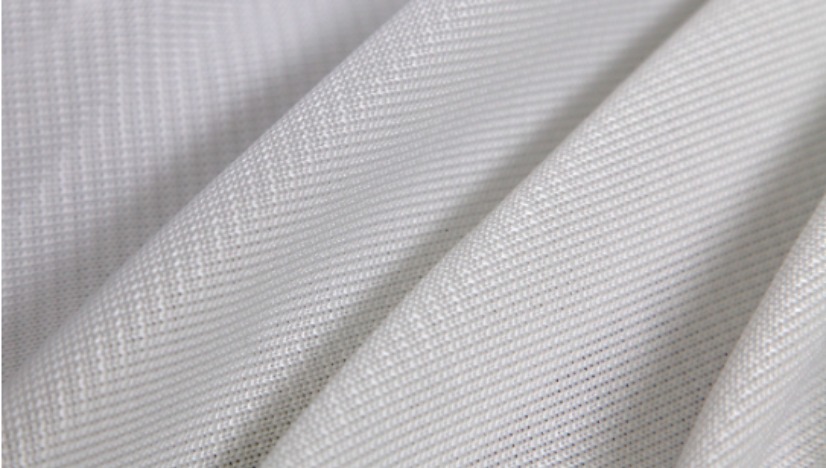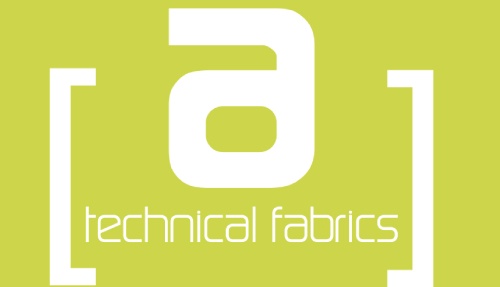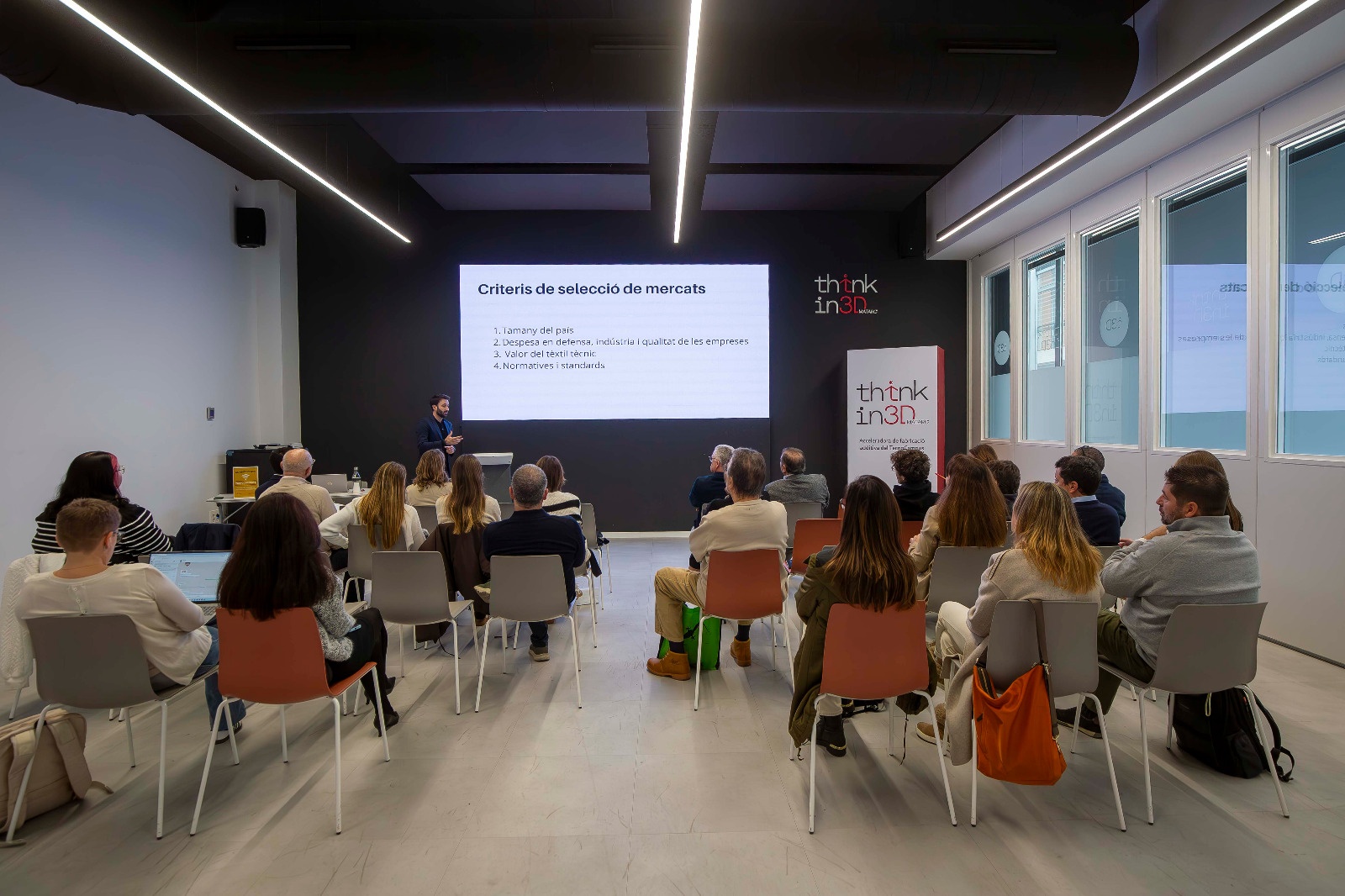Last Thursday, CP Aluart took part in the International Markets Conference, organized by the Barcelona…

Uses of Dyneema fabric
Dyneema fabric is known to be one of the strongest and lightest materials in the world. Developed from ultra-high molecular weight polyethylene (UHMWPE) fibers, this material offers exceptional strength, high durability and multiple applications in various industries. In this article, we will explain the different uses of Dyneema fabric, focusing especially on anti-cut fabrics, and how CP Aluart can take advantage of its unique properties to produce high-quality textiles.
What is Dyneema fabric?
Dyneema is a registered brand of UHMWPE fibers, known for their exceptional tensile strength. These fibers are up to 15 times stronger than steel and are extremely light, floating on water. Additionally, Dyneema is resistant to abrasion, cuts, chemicals and UV rays, making it ideal for a wide range of applications.
Dyneema fabric properties
- High Strength: Dyneema fabric has extremely high tensile strength, meaning it can withstand high stresses without breaking.
- Lightness: Despite its high strength, Dyneema is incredibly light, allowing it to be used in applications where weight is a critical factor.
- Durability: This fabric is resistant to abrasion, cuts, chemicals and UV, ensuring a long life in extreme conditions.
- Flexibility: Unlike other equally resistant materials, Dyneema is flexible, making it easy to integrate into products that require movement and adaptability.
Uses of Dyneema fabric in anti-cut fabrics
Dyneema fabric is used in the manufacture of anti-cut protective clothing and equipment. CP Aluart can produce a variety of anti-cut textiles that combine resistance, lightness and comfort.
- Protective clothing: Clothing made with Dyneema is ideal for workers in industries where there is a high risk of cuts, such as metalworking, manufacturing and waste handling.
- Protective sleeves: Sleeves made of Dyneema protect workers’ arms from cuts and abrasions, being especially useful in the automotive and assembly industries.
- Protective aprons and jackets: For tasks involving sharp tools or machinery, Dyneema aprons and jackets offer an effective barrier against cuts, improving workplace safety.
Advantages of Dyneema fabric in textile applications
- Comfort: The flexibility and lightness of Dyneema fabric provide greater comfort, allowing workers to perform their tasks with greater freedom of movement.
- Safety: Dyneema’s high cut and abrasion resistance significantly reduces the risk of workplace injuries.
- Durability: Textile products made with Dyneema have a long lifespan, reducing the need for frequent replacements and lowering long-term costs.
- Efficiency: The production of textiles with Dyneema can be highly efficient, allowing CP Aluart to offer high quality products at competitive prices.
Innovations and future of Dyneema fabric
The continued development of Dyneema is leading to new applications and improvements in existing products. CP Aluart can be at the forefront of these innovations to offer its clients cutting-edge textiles.
- Hybrid materials: The combination of Dyneema with other materials to improve its properties and adaptability to new applications.
- Sustainability: Initiatives to produce Dyneema more sustainably, reducing environmental impact and improving the recyclability of the material.
Dyneema fabric is a revolutionary material that offers a unique combination of strength, lightness and durability. Its applications in gloves and anti-cut fabrics are especially valuable for improving safety and efficiency in various industries. CP Aluart can take advantage of Dyneema’s exceptional properties to produce high-quality textiles that meet the needs of its customers. If you want to know more about the uses of Dyneema fabric and other advanced materials, do not hesitate to contact us.




